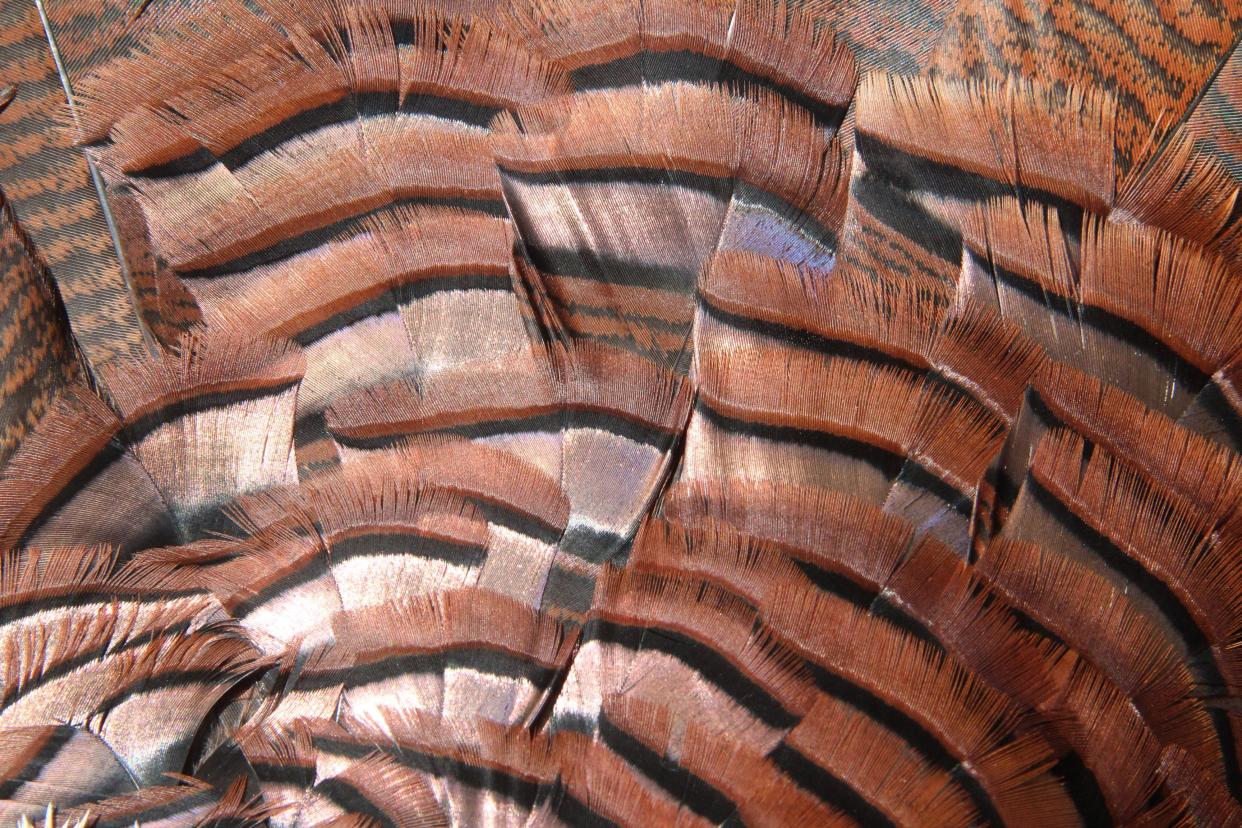Climate change must be real, based on how hard it is to hunt turkeys these days | Leggett

I am convinced now, if I wasn’t before: Our Hill Country climate has changed.
I don’t know why (I’m not egotistical enough to claim it’s for this reason or that). I just know that things are happening too early right now.
For instance, wildflowers this spring arrived early and keep showing up well before their time. Burnet County easily could have chosen an earlier time for its annual Bluebonnet Festival, which was scheduled for April 9. By that time almost all the bluebonnets had bloomed and faded.
The annual Indian paintbrush show likewise followed close onto the bluebonnets, and most have quietly gone to seed. Now we are covered up in Mexican hat and various daisy-style yellow flowers that have painted the landscape a blindingly bright blanket of yellow and gold.
The thing that pushed me over the edge on this was turkey season. For more than 30 years, I have hunted turkeys at Bobby Parker’s Camp Verde Ranch. I discovered early on that the gobblers reached their peak gobbling time April 20 and had planned my annual turkey hunts to include that day and one or two days either side of it.
But in the past couple of years, I’ve sat and called with virtually no notice paid to my efforts by the mature gobblers on the ranch. I could set up and ambush a bird on his way to water in early morning or just wander the roads with a box call hoping to strike a hot gobbler looking for companionship.
I moved our starting date earlier in April this year, due to the fact that the birds had gone quiet on us last year. We arrived April 14, and they were already finished chasing hens. We managed a couple of birds, but they weren’t just gobbling their brains out, even on the roost.
We could step out the camp house door and hear the jakes down along Verde Creek, but once the birds hit the ground, all of them went silent. No hens were yelping from the roost. It was disheartening, to say the least.
Mornings were cool and clear, perfect for gobblers who had yet to mate.
We saw a few random hens heading off to their nests or leaving them each evening. But with no hens sounding off, one avenue for calling gobblers is blocked from the start.
We might as well have been trying to call the turkeys with a dog whistle for all the good it did us. So next year, we will go to the ranch around April 1 to give us more lead time on the gobbling. Maybe we can establish a new peak for the gobblers willing to come to the call.
This article originally appeared on Austin American-Statesman: Changes in weather patterns this year also affected spring turkeys

